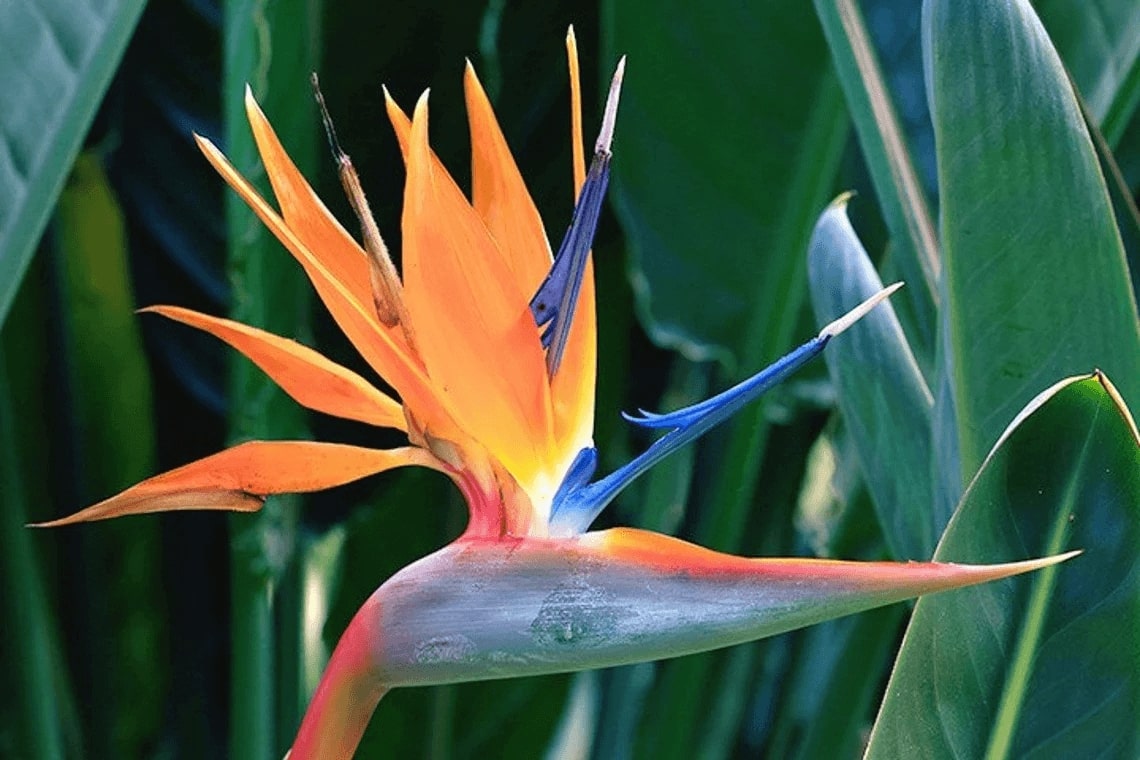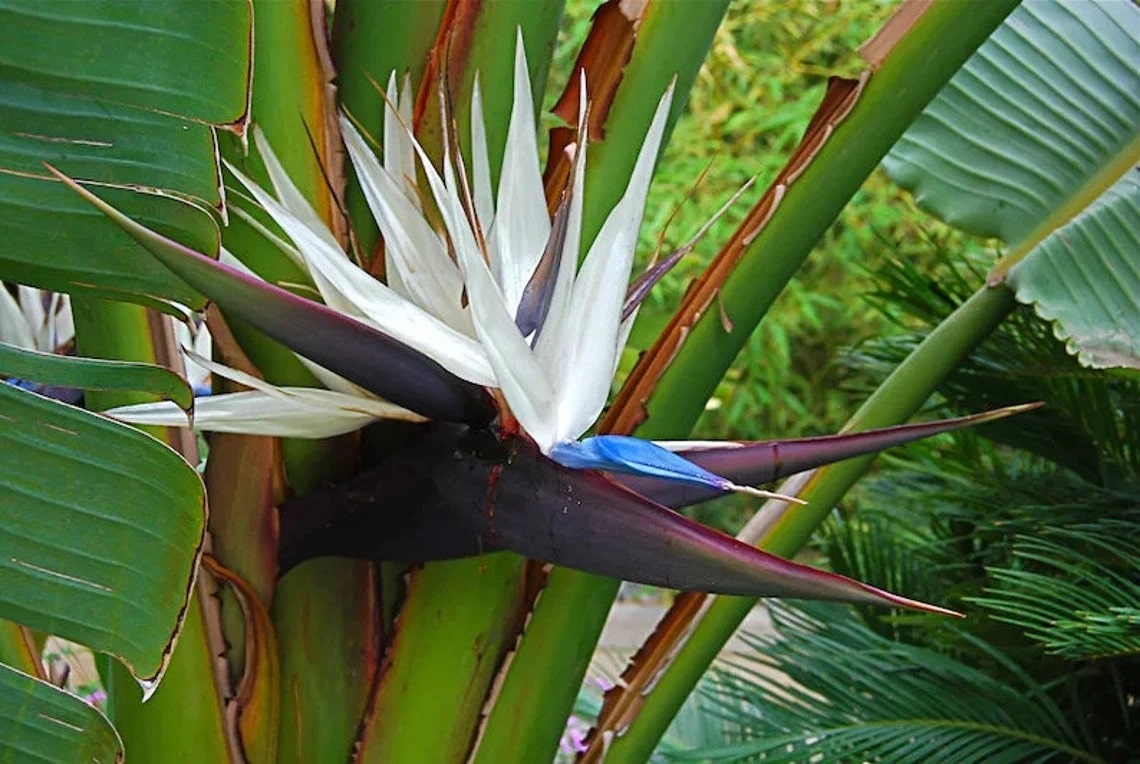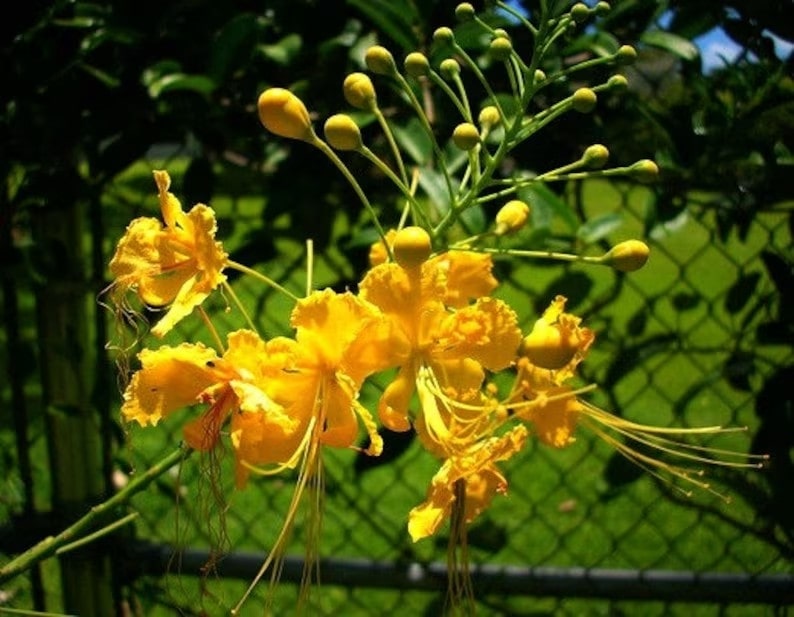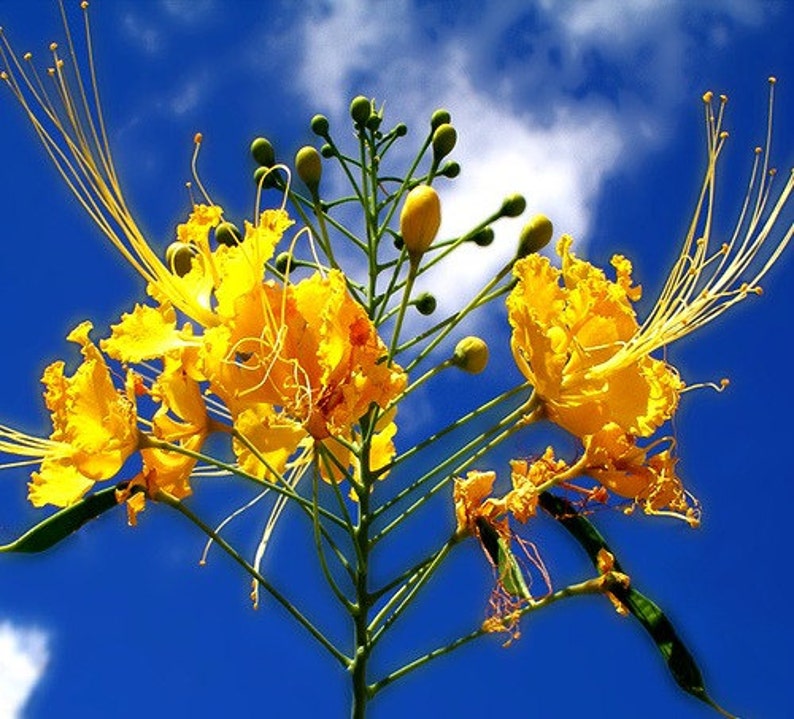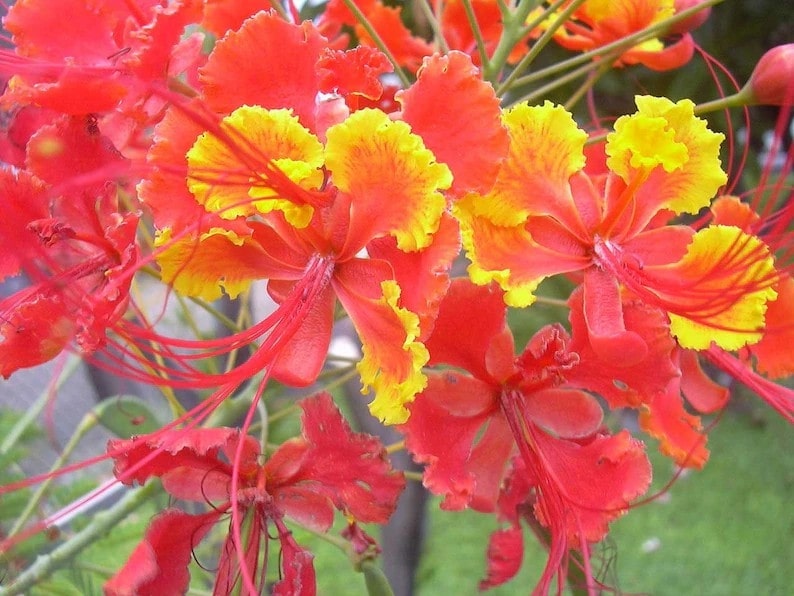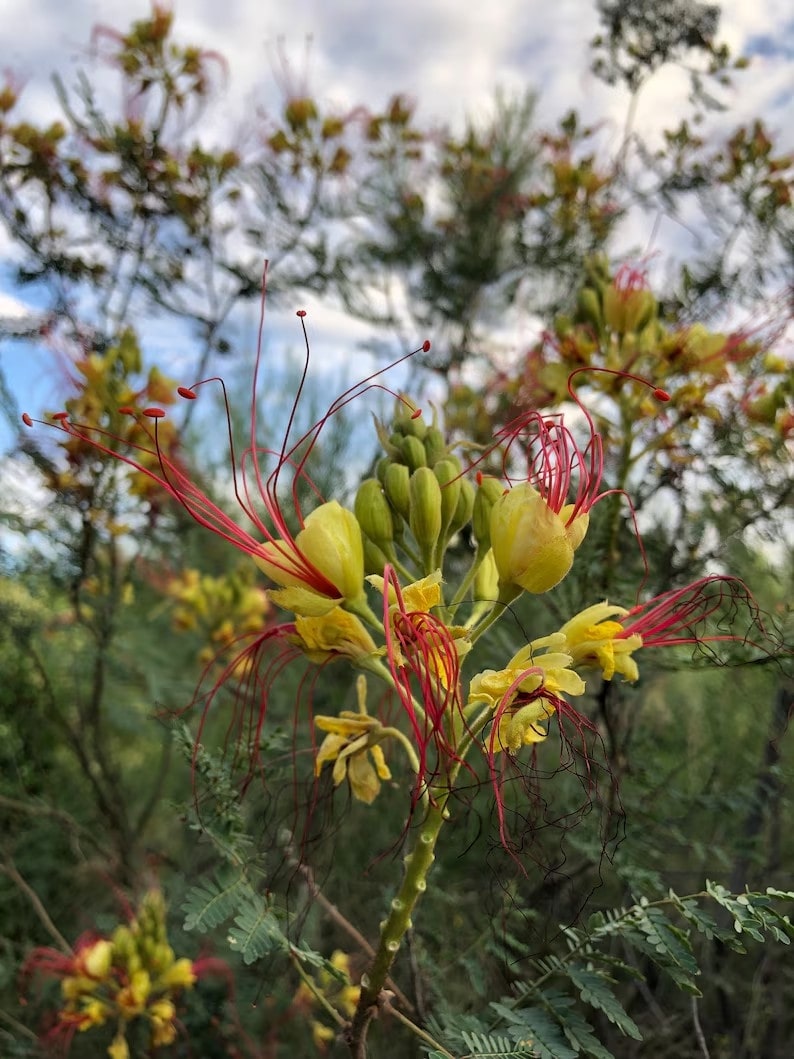Bird of Paradise plants bring a touch of the tropics to your home or garden. Their lively colors and unique shapes make them stand out. But what exactly makes a Bird of Paradise plant special? These plants got their name from their flowers, which look like the birds of paradise found in South Pacific myths.
I’ll dive into the different varieties of Bird of Paradise plants, focusing on the most popular ones. From the striking orange and blue flowers of the classic Bird of Paradise to the towering White Bird of Paradise, I’ll explore their unique features and how to care for them.
Have you ever wondered how to keep a Bird of Paradise plant healthy and blooming? I’ll share essential care tips, including the right amount of water, and light, and how to deal with common issues.
What Is a Bird of Paradise Plant?

The name “bird of paradise” originated from Dutch explorers’ encounters with these blooms in the South Pacific during the 16th century. The flowers’ resemblance to exotic birds led to their association with mythical creatures of paradise.
The two types of bird of paradise plants are:
- Strelitzia Genus – This bird of paradise is a relative of the banana plant. It’s a low-growing tropical jungle plant with unique exotic flowers. Its popularity has earned it the nickname ‘Florist’s Flower.’
- Caesalpinia Genus – A member of the pea family and a thorny shrub or tree that prefers desert environments.
The bird of paradise plant can be a great indoor plant with its tropical charm. However, it is important to meet its specific requirements for optimal growth indoors.
What to Know About the Strelitzia and Caesalpinia Bird of Paradise Plants
The Bird of Paradise plants come in different varieties, and some are more well-known than others. People often prefer the Strelitzia genus because it’s from South Africa and is seen as more exotic and beautiful.
Strelitzia plants are easy to spot with their big, showy flowers. They do well as indoor plants or outside in places that are warm and a bit humid, like certain regions in the U.S. They can handle being outside all year in places that don’t get too cold.
On the other hand, the Caesalpinia genus, which includes plants with broader, lush leaves, is less known. These plants are more like trees or shrubs and are found in drier, desert-like areas. They look quite different from the Strelitzia and have their distinct beauty.
Caesalpinia Birds of Paradise can grow in spots with some shade if they’re outside. But if you’re growing them inside, they love lots of bright light. A sunny spot by a window is perfect. If they can’t get direct sunlight, artificial light can also keep them happy.
For these plants to do well inside, make sure they’re not near cold drafts and that the room stays above 50° Fahrenheit.
Whether you go for the more familiar Strelitzia or the lesser-known Caesalpinia, a bit of care will keep your Bird of Paradise plant thriving.
What Are the Different Bird of Paradise Varieties?
Let’s take a look at the popular bird of paradise plant varieties from the Strelitzia and Caesalpinia genera.
1. Bird of Paradise (Strelitzia reginae) – For Year-Round Color Display
| Attribute | Description |
|---|---|
| Native Habitat | South Africa |
| Height | 5 to 6 feet (60–72 inches) |
| Sun | Full sunlight to partial shade |
| USDA Growing Zones | 10–12 |
Also known as the Crane Flower or Orange Bird of Paradise, Strelitzia reginae is famous for its striking orange sepals and blue petals. It features long, leathery leaves that resemble those of a banana plant.
The leaves of the bird of paradise grow in stiff clumps directly from the ground, and flowers emerge from sturdy stalks. Each flower showcases three lively orange sepals and three striking blue petals that spread out to resemble a bird’s head and feathers.
Each flower lasts about a week, but since each spathe can hold 5-7 flowers, the plant enjoys a prolonged blooming period. These flowers can also bloom up to 25 times per year during the growing season, ensuring a display of color almost all year round.
- Learn more in our complete Orange Bird of Paradise Care Guide
2. White Bird of Paradise (Strelitzia nicolai) – Great Landscape Plant
| Attribute | Description |
|---|---|
| Native Habitat | South Africa |
| Height | Up to 20 feet outdoors, up to 7 feet as a houseplant |
| Sun | Full sunlight to partial shade |
| USDA Growing Zones | 9–11, often grown as a houseplant |
The White Bird of Paradise is one of the larger species within the Strelitzia genus and is considered a great landscape plant in many warm regions.
Originating from the coastal forests of southeastern South Africa, this plant bears the scientific name Strelitzia nicolai. This name is in tribute to the German-Danish botanist G.H.W. Nicolai. It is also commonly known as the Giant Bird of Paradise, Wild Banana, or Crane Plant.
Its flowers bear a resemblance to those of the traditional Orange Bird of Paradise, featuring white sepals that form the crown and a bluish-purple “tongue.”
The large, grayish-green leaves are similar to those of its relative, the banana tree, adding to its tropical appearance.
- Read more in our comprehensive White Bird of Paradise Care Guide
3. Mexican Bird of Paradise (Caesalpinia mexicana) – Yellow Blooms That Resemble Azaleas
| Attribute | Description |
|---|---|
| Native Habitat | Northern Mexico |
| Height | 15–25 feet tall |
| Sun | Full sunlight |
| USDA Growing Zones | 8–11 |
Plants of the Caesalpinia genus that carry the common name “bird of paradise” are very different from the Strelitzia species. The Mexican Bird of Paradise is one of them. It is a broad-leaved evergreen tree that blooms in yellow flower clusters similar to azaleas.
The Mexican Bird of Paradise blooms repeatedly with clusters of yellow flowers that resemble azaleas. Its leaf shape and seed pods are similar to plants of the legume family. This flower will remain evergreen with temperatures down to 15 degrees Fahrenheit.
- Continue reading our detailed Mexican Bird of Paradise Care Guide
4. Red Bird of Paradise (Caesalpinia pulcherrima) – Beautiful Barrier Plant With Prickly Stems
| Attribute | Description |
|---|---|
| Native Habitats | Arid regions of tropical Americas |
| Height | 10–20 feet tall |
| Sun | Full sunlight |
| USDA Growing Zones | 9–11 |
The Red Bird of Paradise, known as the Pride of Barbados or Peacock Flower, is closely related and similar to the Mexican Bird of Paradise.
The Red Bird of Paradise is native to dry regions and is a broad-leaved evergreen shrub. It’s a fast grower and blooms many times with its red-orange flowers. It can be grown as a barrier plant with its prickly stems.
The flowers on this plant and other Caesalpinia species are smaller than the Strelitzia plants. The blooms are similar to azaleas because they grow in clusters.
This plant prefers arid climates and desert environments. Their leaf shapes and arrangement resemble those of other plants in the pea family (legumes).
- Learn more in our complete Red Bird of Paradise Care Guide
5. Yellow Bird of Paradise (Caesalpinia gilliesii) – Red or Yellow Azalea-Like Flowers and Fern-Like Leaves
| Attribute | Description |
|---|---|
| Native Habitat | Argentina and Uruguay |
| Height | 7–10 feet tall |
| Sun | Full sun |
| USDA Growing Zones | 9–11 |
The Yellow Bird of Paradise is also known as the Poisiana or Bird of Paradise Bush. This plant is one of the more shrubbier Caesalpinia plants, which is evergreen when in warm climates.
Its azalea-like flowers are red or yellow and typically bloom in July and August. It has fernlike leaves like other legume family plant leaves.
The yellow bird of paradise plant can self-seed easily because the seeds will be expelled when the pods dry. The seeds will escape and grow in the surrounding areas.
- Check out our complete Yellow Bird of Paradise Care Guide
What Are the Water Requirements for a Bird of Paradise?
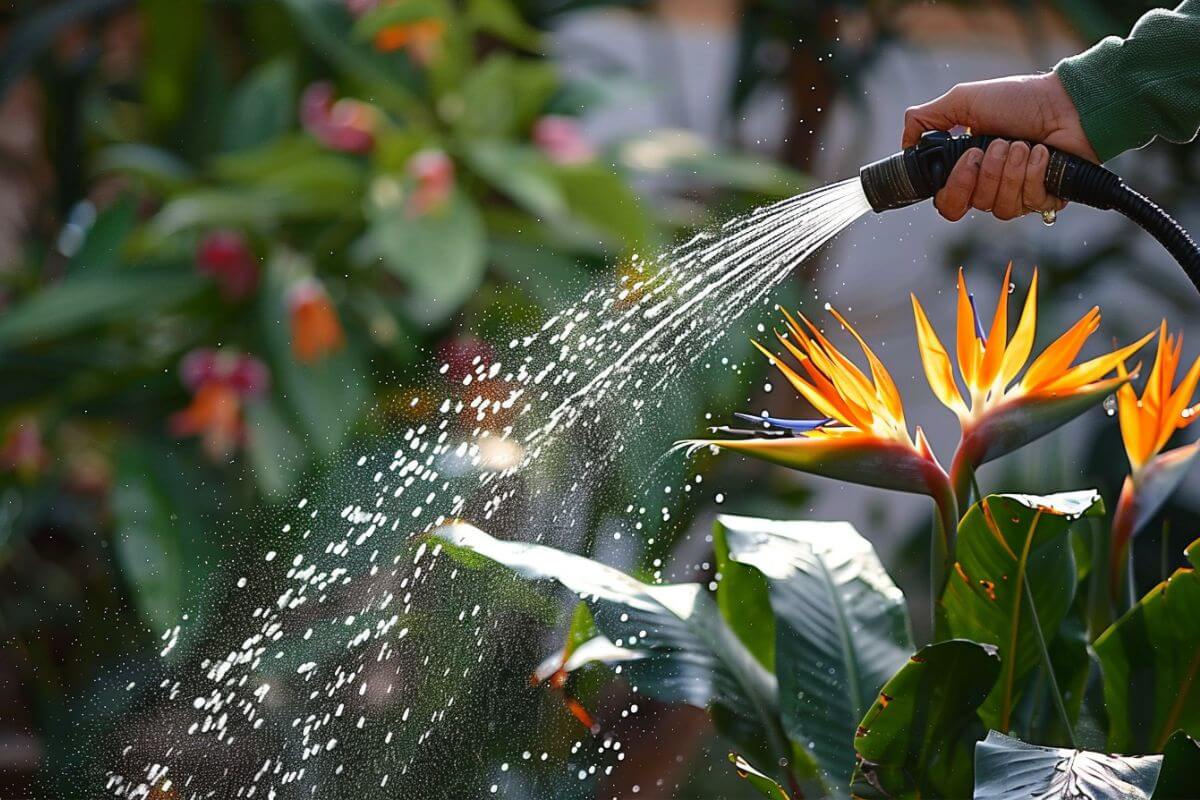
Birds of Paradise plants require careful watering. Here are important considerations to keep in mind when watering these plants:
- Watering Frequency – Water frequently but avoid overwatering. Let the top 2-3 inches of soil dry out completely between watering times.
- Soil Moisture – Keep the soil moist, but ensure that excess water can drain away to avoid waterlogged soil.
- Soil Type – Use well-draining soil to prevent the roots from becoming too wet.
Be careful not to overwater your birds of paradise. Here are some signs that point to overwatering:
- Leaves may turn yellow, droop, or split.
- Tips and edges of leaves might turn brown with a yellow line.
- Wilting leaves could indicate root rot due to excessive moisture.
Water your Birds of Paradise less frequently and allow the soil to dry out slightly between watering sessions to address overwatering. With proper care, your Birds of Paradise will maintain their health and beauty.
For optimal growth, ensure your Bird of Paradise plant is in a warm environment, ideally between 65 and 80°F. While it can tolerate temperatures above 60°F, maintaining this range is best. Indoor plants benefit from increased humidity levels, which you can achieve by placing them on a pebble tray or near a humidifier.
What Are Some Common Problems With a Bird of Paradise?
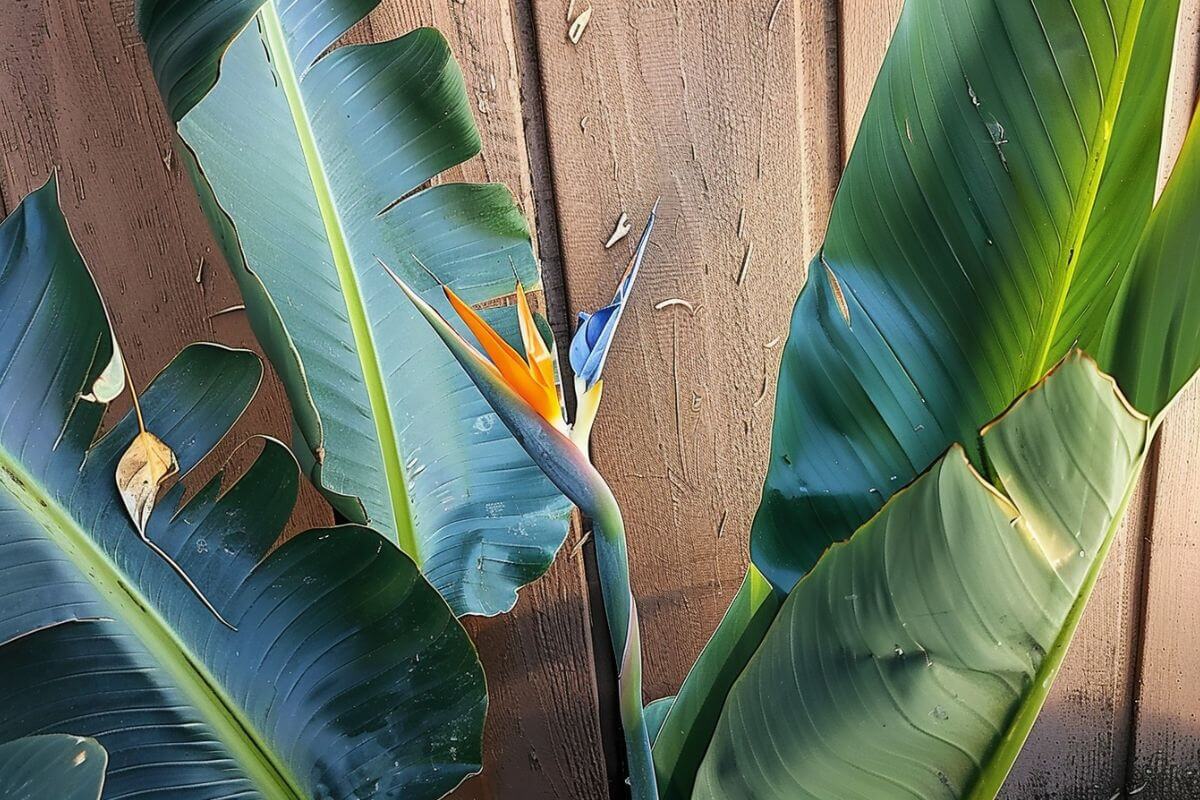
While the Bird of Paradise plant is tough and beautiful, it can encounter issues that affect its vitality and appearance. Understanding these common problems is important for maintaining the health of your tropical plant.
- Split Leaves – Result from low humidity or physical damage. Keep the plant in a humid environment and handle it with care.
- Discolored or Curling Leaves – Often caused by water-related issues. Adjust watering to allow the top inch of soil to dry before watering again, and ensure proper drainage.
- Root Rot – Arises from overwatering or inadequate drainage. Allow the soil to dry before watering and ensure the pot has drainage holes.
- Lack of Light – Leads to weak growth and lack of flowering. Place your Bird of Paradise where it receives bright, indirect light.
- Pests – Watch out for spider mites and scale insects. Use neem oil or insecticidal soap to eliminate them.
- Leggy Growth – Result of insufficient light or excessive fertilization. Provide more light and reduce fertilization.
- No Leaves – This could be due to stress or heavy pruning. Stick to a regular care routine to promote new growth.
- Not Flowering – The inability to flower might be caused by low light or immaturity. Ensure adequate light exposure and be patient, as mature plants are more likely to bloom.
Pruning Tips for Bird of Paradise Plants
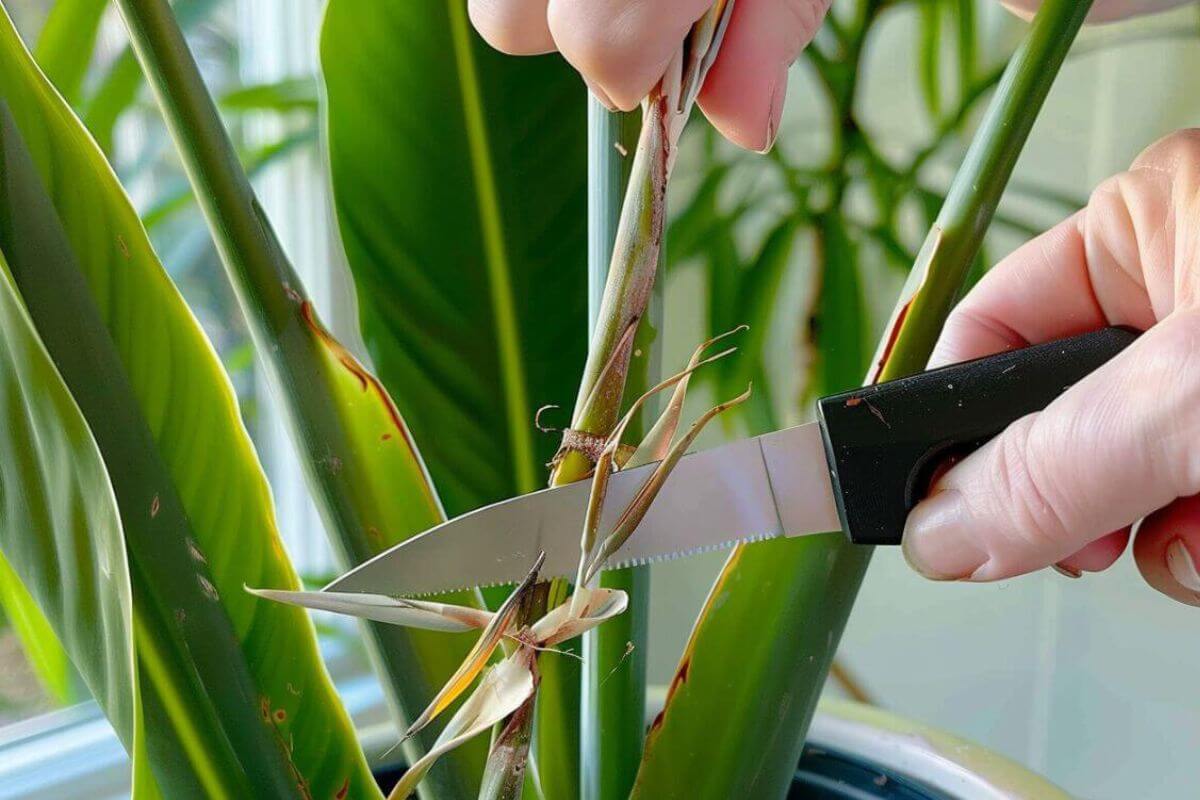
Pruning is important in caring for indoor Bird of Paradise plants, greatly impacting their health and visual appeal. Here are some pruning tips for your Bird of Paradise:
- Use Clean, Sharp Tools – Always use clean and sharp pruning shears when removing damaged, yellowing, or dead leaves at the base of the plant.
- Trim Leggy Stems and Spent Flower Stalks – Regularly trim unwanted or leggy stems and spent flower stalks to maintain the desired shape and prevent overcrowding.
- Focus on Younger Growth – Prioritize the removal of older leaves to encourage the growth of younger, healthier foliage. Additionally, regularly prune spent or fading flowers to stimulate continuous blooming.
- Sanitize Tools Between Cuts – It’s important to sanitize your pruning tools with alcohol between each cut to prevent the spread of diseases.
Regular pruning not only helps maintain a tidy appearance but also fosters healthy growth and enhances the overall well-being of your Bird of Paradise plant.
How Do You Propagate Bird of Paradise?
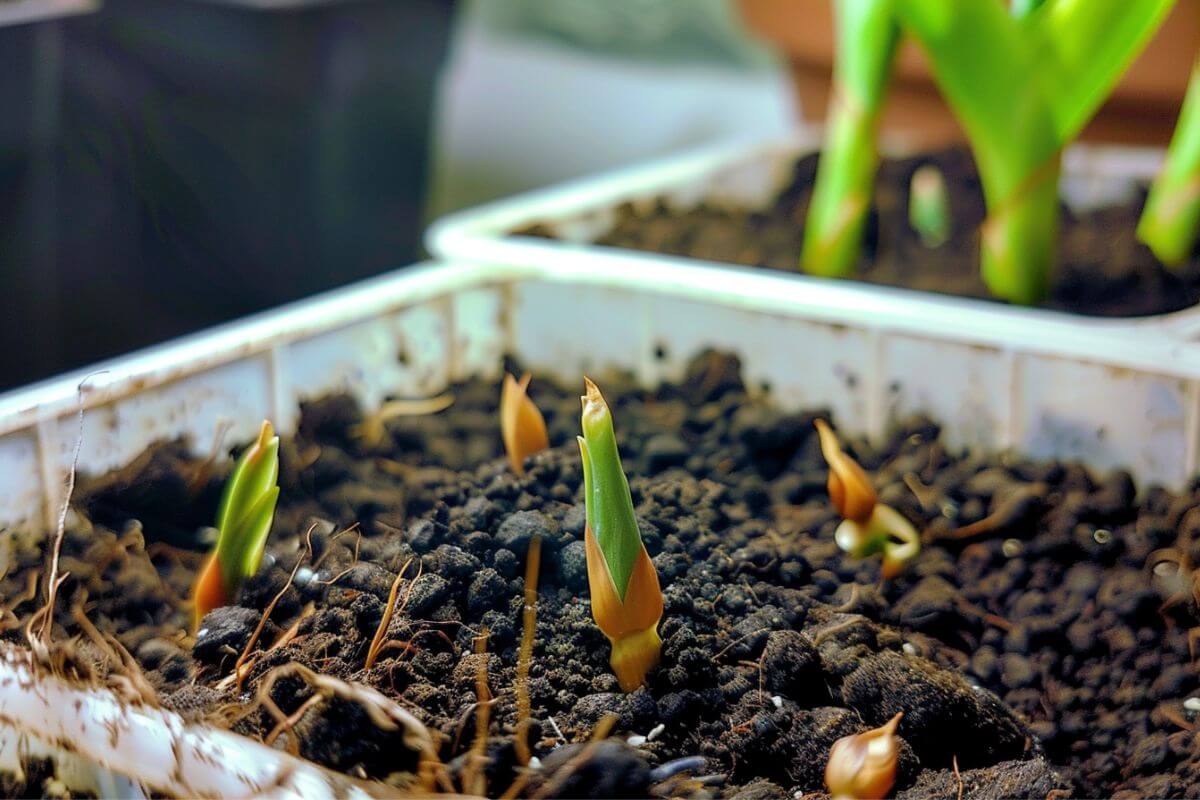
Bird of Paradise plants can be propagated in two ways, making it accessible to all plant enthusiasts.
Propagating Bird of Paradise involves taking a piece of their rhizome and planting it in moist potting mix. This process is relatively straightforward and yields quick results.
You can grow Bird of Paradise plants from seeds, although this method requires patience. Germination can take 2 to 3 months, and it may be several years before they bloom.
Soak the seeds in water for 24 to 48 hours to begin. After soaking, remove any orange tufts and gently nick the seeds with a sharp knife. Plant them in a tray filled with moist potting mix, about 1/2 to 1 inch deep. Cover the tray with a clear plastic bag to maintain humidity, and ensure the soil remains moist until the seeds sprout.
Once the seedlings have a few leaves, transplant them into individual pots. This allows them ample space to develop healthy roots. With careful nurturing and patience, you’ll soon be rewarded with your own beautiful Bird of Paradise plants!
Bird of Paradise Varieties Final Thoughts
Bird of Paradise plants bring a touch of tropical paradise to any garden or indoor space. Their journey from exotic discoveries by Dutch explorers to symbols of mythical paradise adds to their beauty.
There’s a Bird of Paradise plant for every taste and setting, whether it’s the vibrant Orange Bird of Paradise or the elegant White Bird of Paradise.
Caring for these tropical plants requires attention to detail, from understanding their water and light needs to addressing common issues like split leaves and root rot. Proper care ensures their vitality and longevity.
Enthusiasts can share the joy of Bird of Paradise plants with others and expand their collection by propagating through methods like rhizome division or seed germination.
Cultivating Bird of Paradise plants is more than just gardening. It’s about creating a piece of paradise wherever you are, adding lively colors and tropical charm to your surroundings.
Bird of Paradise Varieties FAQs
1. How Many Types of Birds of Paradise Are There?
There are over 76 different types of birds of paradise varieties out there. The Strelitzia genus only has 6 recognized species, while the Caesalpinia genus has over 70 plant species.
2. Which Bird of Paradise Is the Best?
All the bird of paradise plants are amazing flowering plants that you should definitely grow if you’re interested in exotic plants. They all offer unique features that set them apart from each other.
Each variety offers something different for you to choose from. However, the Orange Bird of Paradise is my favorite because it grows well in most indoor lighting conditions and also has beautiful bright orange flowers.
3. Which Bird of Paradise Is More Rare?
The Strelitzia alba variety of the White Bird of Paradise is considered to be the rarest type of bird of paradise. The Strelitzia nicolai variety of the White Bird of Paradise is the most common type that’s cultivated.
4. How Do I Identify a Bird of Paradise?
You can tell if a plant is a bird of paradise by looking at the flower shape and their resemblance to birds. The flower base would be shaped like a canoe or boat, and the sepals and petals make up a crane bird’s beak.
5. What Kinds of Lights Does a Bird of Paradise Need?
A bird of paradise prefers full sunlight. If you don’t provide enough light, then the plant may not grow properly or may not flower. There are some varieties of bird of paradise in the Caesalpinia genus that can live in partial shade, but the majority of plant species need plenty of full, direct sunlight.
6. Is There a Miniature Bird of Paradise Plant?
The Dwarf Orange Bird of Paradise is a popular miniature bird of paradise plant that will grow to about 30 inches tall when grown indoors. This herbaceous evergreen tropical plant grows slowly and can have a spread of up to 24 inches.
7. Does a Bird of Paradise Need Full Sun?
The bird of paradise plant needs full sun exposure. Some varieties can tolerate partial shade. If you place the plant in an area where there is no sunlight, then the leaves will turn brown and die off. Give it plenty of direct sunlight for the most flowers and the best growth.
8. Do All Bird of Paradise Plants Bloom?
As long as the bird of paradise plants get proper care, the plants will bloom. You need to be patient with them though, as they will usually take 3 to 4 years before they start to bloom for the first time.
After that, most varieties of bird of paradise will continue to flower until frost hits. Once the weather gets cold, the plants will stop producing new buds and the old ones will dry out.

